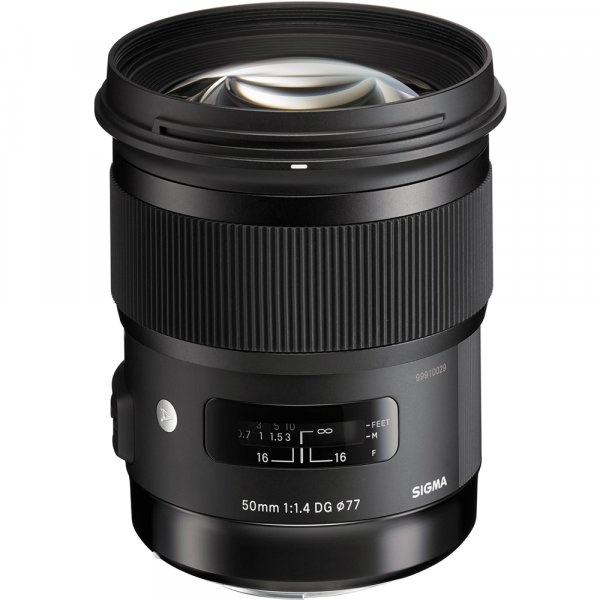Prices incl. VAT plus shipping costs
Delivery time 14 Workdays
The article can be wrapped as gift. You can choose from various wrapping options.
Using all the experience and the latest design technologies drawn from past developments, aberrations are effectively corrected and high resolution and amazing imaging performance, even at the edges of the image, are achieved.
High resolution with a wonderful bokeh
While high resolution is desired for the focused subject, beautiful bokeh is desired outside the plane of focus for a smooth transition of sharpness. Aberrations such as sagittal coma and color distortion, which affect image quality, are effectively corrected. Even at open aperture, high-resolution reproductionis achieved without blurring . By reducing vignetting to a minimum and preventing colored fringing in front of and behind the focus point , a very natural bokeh is achieved.
Excellent sagittal coma correction
Ideally, a fast standard lens already exhibits high imaging performance over the entire image area at open aperture. Excellent sagittal coma correction is provided, for example, by the bare pressed aspherical glass lens elements. Due to the reduced distortion of point light sources at the image edges, it is perfectly suited for astrophotography and available light. Likewise, you get an attractive bokeh for portraits and indoor shots.
Correction of longitudinal chromatic aberration
To counteract longitudinal chromatic aberration, which is difficult to correct even in image processing, SLD glass elements (Special Low Dispersion) are incorporated toensure high image quality over the entire focus range. The lens thus achieves sharp and high-contrast image reproduction.
Minimized distortion
It is not possible to compensate for distortion only by changing the aperture values. Thus, the development phase of the lens was already decisive in minimizing distortion. In the "SIGMA 50mm F1.4 DG HSM", each glass element was precisely positioned for optimized force distribution to reduce distortion to a minimum.
High edge-to-edge illumination
The lens provides very uniform illumination even in the peripheral areas of the image, which can otherwise be a problem with large diameter optical systems. The positioning of large elements in the front lens group improved efficiency at open aperture. This helps minimize vignetting and provides the utmost clarity across the entire image field.
Reflection- and ghost-eliminating design
From the beginning of the lens design process, susceptibility to reflections and ghosting is studied to achieve an optical design that is resistant to even strong backlighting. Super Multi-Layer Coating (SML) reduces flare and ghosting and delivers sharp, high-contrast images, even when backlit.






